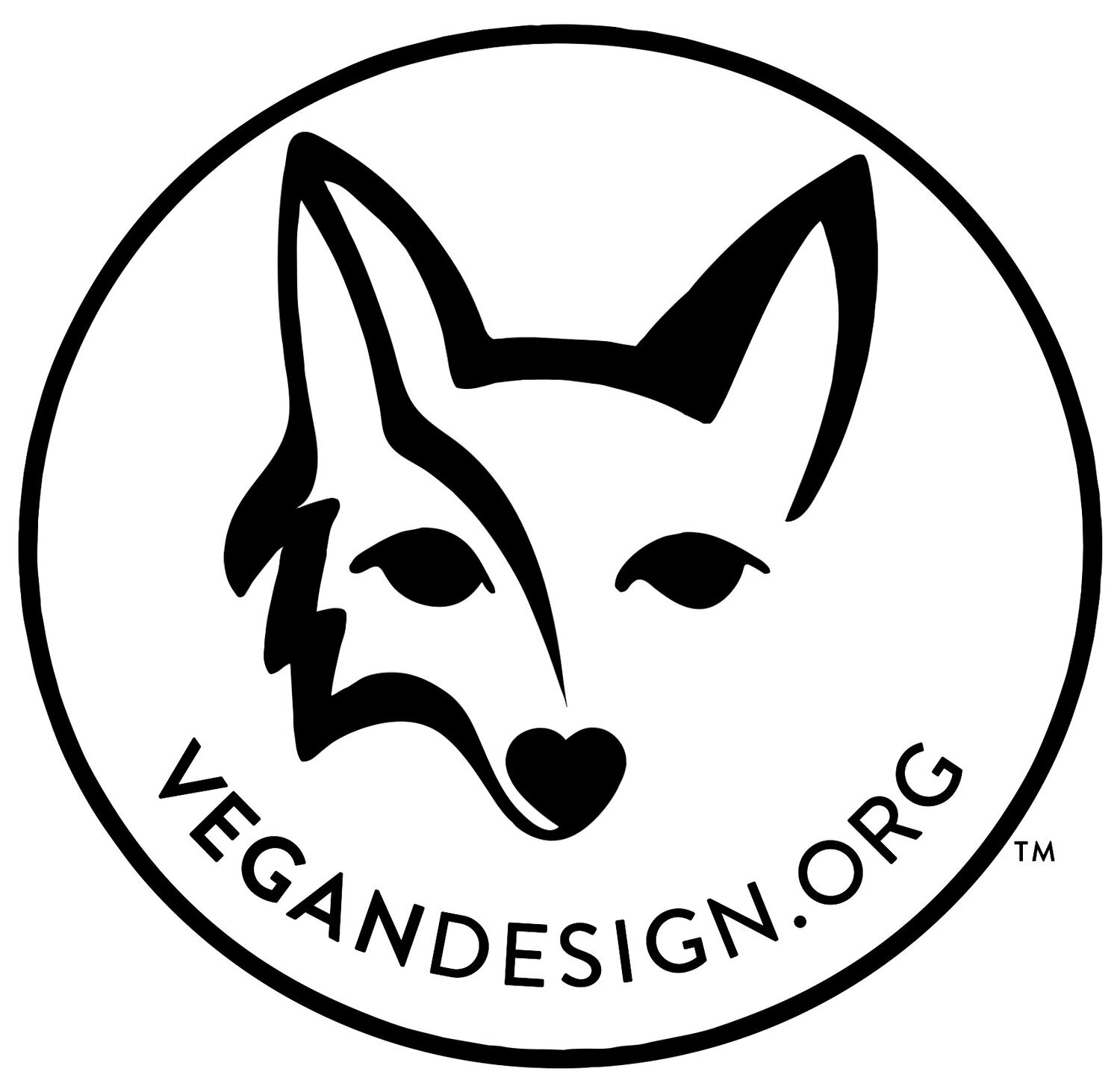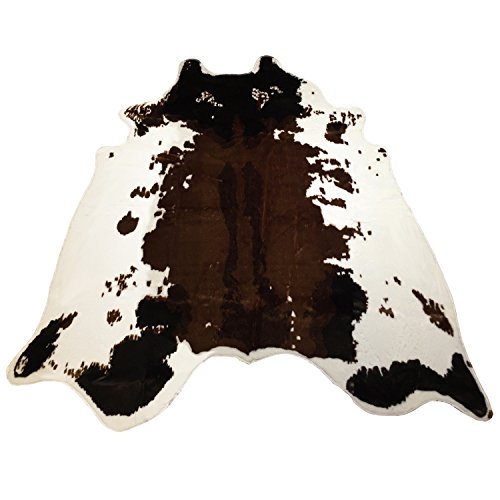The Misconception That Leather is a Byproduct of the Meat Industry
I purchased my first faux leather cowhide “rug” a month ago. It’s an oxymoron, I know. I wasn’t even sure I’d like it. To my surprise, I love it! I must admit that I’m like most in that I love the look and feel of leather. We all grew up with it, right? Heck, I think many of us have even had the guilty pleasure of a buttery leather jacket, sofa or wallet that we knew was the skin of a baby cow or lamb and we chose to look the other way. Now that I know the truth, I just can’t seem to have a dead animal on my floor and feel good about it anymore. So, what’s so terrible about using leather?
Most of us are led to believe that all leather is a byproduct of the meat industry, that it’s simply a “leftover,” and if we don’t use it, it will go to waste. This is a common misconception and one that I used to believe myself. The truth is that much of the leather sold today comes from animals killed (nearly 1 billion...yes, 1 billion), primarily for their skins alone. The leather industry has an annual revenue of over $53 billion. You heard that right.
To clarify, within the meat industry, the skins are also sold. However, the skins are more profitable many times more than the cow’s meat itself. Why? Each head of cattle has a low profit margin (about $3). So, the industry also relies on the very profitable skins of the cow to remain sustainable. Actually, anything with a skin or hide is free reign. Animals slaughtered for their skins include dogs, cats, cows, goats, pics, sheep, rabbits, seals, lambs, horses, deer, kangaroos, snakes, alligators, elephants, stingrays, and sharks are among the victims of the leather industry. Many of these are passed off as “Genuine Leather”.
Shop My Favorite Leather Alternatives:
The Truth About Leather
1. How many animals are killed for leather each year?
One billion animals are killed annually. Cowhide is the most popular choice for leather production out of all skins available. On average, most people are wearing 4 leather items at once (shoes, purse, belt, wallet, dog leash). Examples of animals killed for individual products are: car interior = 4-15 cows per car; leather footballs = 35 thousand per year; number of kangaroos killed for soccer shoes = 6 million per year; alligators (bellies) for purses = 4-5 and the list goes on and on.
2. Where does most of our leather come from?
The majority of leather comes from India’s cows. As India forbids the slaughter of cows, these animals are forced to endure grueling journeys with an unimaginable end. They are brutally marched for hundreds of miles and driven to slaughter for days without food or water, beaten, abused, and collapse from exhaustion. In order to avoid paying taxes or problems at the state border, animals are often transported by truck and walked and dragged across the state border. When traveling by train, anywhere up to 900 cows are crammed into a wagon that is supposed to hold a maximum of 80-100, and upon arrival 400-500 come out dead. China is another leading exporter of leather and skins and includes an estimated 2 million domestic dogs and cats each year. Consumers may unknowingly purchase the products due to mislabeling, as the majority of leather items are labeled with “Genuine Leather”.
3. What animals are used for leather?
Cows, goats, pigs, sheep, rabbits, seals, lambs, horses, deer, kangaroos, snakes, alligators, elephants, stingrays, sharks, and even dogs and cats are among the victims of the leather industry. Many of these are passed off as “Genuine Leather”.
4. Does the leather industry effect the environment?
Leather makers like to claim their products are "biodegradable" and "eco-friendly". But, the tanning process actually STOPS the leather from biodegrading. Air and salt drying was discontinued in the 1800's and dangerous chemicals are now used in their place. Formaldehyde, acids, chromium, cyanide, sulfur and more than 30 other toxic chemicals are used to treat leather in tanneries. These tanneries pollute nearby rivers and the air with poisonous smoke from burning discarded trimmings. Less than 20% of this toxic waste water is properly treated and winds up in drinking water and contaminates fields and the food chain. The environmental and health effects have been nothing short of catastrophic.
5. Leather or pleather?
Leather is everywhere – from wallets and tiny little tags on jeans to car seats, shoes and belts. If you wish to scale down your leather consumption, there are beautiful natural and synthetic alternatives that are recyclable, biodegradable, chemical-free and versatile. A few are fiber-based fabrics such as cotton, linen and hemp; and there’s simulated or vegan leather (pleather), microfiber blends such as Naugahyde, Durabuck, NuSuede, and Hydrolite, as well as plastic and rubber.
When considering shoes, people are often shocked to learn that there’s a bit more to ethical, vegan shoes than just leather. In addition to the various kinds of leather and hide, wool, felt, silk, animal-based glue, animal dyes and down feathers are all regularly used in the manufacturing of shoes.
Future, sustainable products include mushroom skin, pineapple leather, and synthetic spider silk as well as meat and leather made in labs.
The design and fashion industries have done such a great job of marketing leather as a luxury item that it can be challenging to consider anything else, I know. However, there really are beautiful leather alternatives for furniture and décor that are more sustainable, versatile, durable, stain-resistant, and washable. I’ve selected a few items for you to consider (listed above) You can also learn about all the awesome places to get & learn about humane & healthy fabrics at VeganDesign.org!
Marie Roviello is the founder of MarieRoviello.com, a modern, non-toxic and vegan interior-design firm based in Los Angeles, CA and Scottsdale, AZ.
© 2018 Marie Roviello | All Rights Reserved
* Just a heads up: this pages contains affiliate links (as an Amazon Associate, we earn from qualifying purchases)! If you buy something through one of these links, you won't pay a penny more, but we'll get a small commission, which helps keep our tummies full 🐶Thanks! :)











